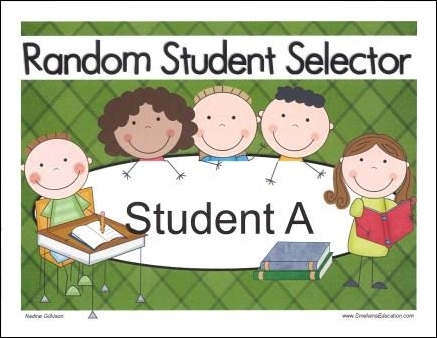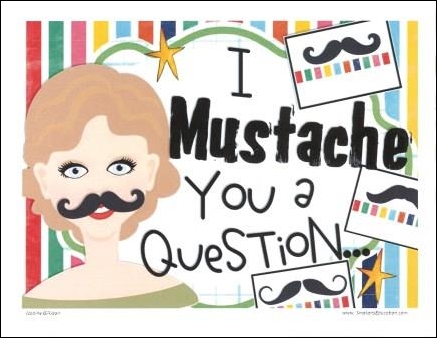Literacy Retreat 2013
SECRET SITE
Embracing Text-Based Conversations
Having students learn to converse with one another in meaningful talk about the text they are reading is a HUGE skill! Students need to be able to share ideas, agree and disagree, and learn that what they observe should always be rooted in the text itself. The following are a few items that will help you to teach this difficult but important skill to your students so that they will have the lifelong skill of being able to speak effectively and listen respectfully.
Common Core State Standards
The Common Core has not left Speaking and Listening standards out of the equation when they created their new standards. In fact, the skills of effective speaking and dedicated listening are encouraged when one takes a look at the CCSS. Attached is a great resource to help you see the progression of these Speaking and Listening standards and to help you determine how to integrate the teaching of these skills at your own grade level.
 A Penny for Your Thoughts
A Penny for Your Thoughts
If you like the idea of giving students pennies or poker chips to track who is contracting to the conversation, you can also use Laura Candler’s Talking Sticks.
 Spin ‘n’ Speak
Spin ‘n’ Speak
In order for students to learn to speak up in class and share their wonderful ideas, sometimes they need a little push. Or sometimes there is someone who would talk the whole time if they could. How about using a “spinner” to decide who will share next and to help keep things on track? Below is a spinner for you to use and an instruction slide to help you know exactly how to get your new spinner set up.
Socratic Seminar
This time-tested classroom conversation model has the students leading themselves through their own text-based conversations with little to no help from the teacher unless absolutely necessary. Sounds great! However, you may find it difficult to assess students on the skills necessary to pull this model off successfully. Use the Socratic Seminar Scoring Guide to help lead you through assessment and to help students understand what is expected of them.
 Fishbowl
Fishbowl
This classroom conversation strategy cuts down on the number of students who are talking at once and builds the excitement for those who have to wait to share their ideas. But this strategy can be a little difficult to explain for the first time. Here is a fantastic PowerPoint that you can use to teach this Fishbowl discussion format to your students – you will love the moving graphics!
Literature Circles
Literature Circles have been a big part of some classrooms—maybe even yours! But the success of this conversation model depends on the students understanding and being committed to the role they play in the group. This document will give you some ideas of what roles are necessary in a literature circle and your students can try them out for themselves!
Group Conversation Self-Evaluation Form
It is very important that students stop to evaluate themselves and their group members so that they can see how well they are doing and where they can improve. A little accountability can go a long way! See this link for a group conversation self evaluation form that students can use.
 I Mustache You A Question!
I Mustache You A Question!
What a goal! To have students creating and asking their own questions of one another – intelligent, insightful, meaningful questions that drive them and their classmates through a grand conversation. Below you will find everything you need to teach this concept to students as well as implement the strategy in your classroom.
- Mustache question cards to get you started with questions as models.
- Mustache question card template to type in your own questions.
- Mustache PowerPoint slide where you can type in a question for the whole group to see.
- Mustache PowerPoint slide, as above, as a SmartBoard file.
- Printable mustaches for you to print, cut out and put on sticks so that everyone can get into the fun.
- Printable Mustache student handout for students to jot questions on as they read or think.
 Quotes and Notes
Quotes and Notes
Before asking students to take notes on what they read so that they are prepared to come to conversations, we must first model how to take notes on text. One of our Smekens note-taking favorites is Quotes and Notes. This is a simple 2-column chart that allows students to write specific text quotes on the left and then their thoughts (notes) about that quote on the right. How about using a large Quotes and Notes PowerPoint or SmartBoard document that allows you to model this for students. You could even use it to take running notes as the conversation is going – to help students see where they have been so far!
Energy Stick & Windbags
Unprepared class members can really suck the energy out of a potentially great class conversation! Explain this concept to students with the energy stick visual. Then, come up with a classroom list of things that unprepared members can do so that they are learning and not taking away from the Grand Conversation.
Windbags—Interested in purchasing one of the windbags that Courtney used during her presentation? Visit Steve Spangler Science to learn how. (They’re officially known as One-Breath Bernoulli Bags!)

 A Penny for Your Thoughts
A Penny for Your Thoughts Spin ‘n’ Speak
Spin ‘n’ Speak Fishbowl
Fishbowl I Mustache You A Question!
I Mustache You A Question! Quotes and Notes
Quotes and Notes